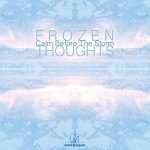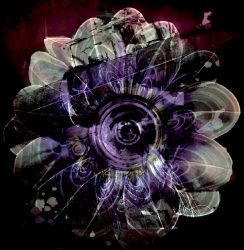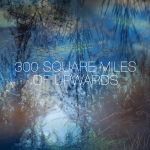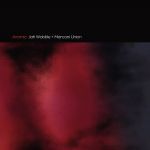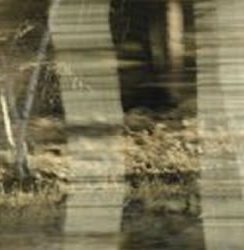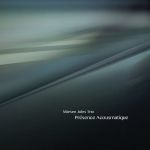In the Shortlist sections, I will mention the albums that I enjoyed listening to, but couldn’t find the time (or the right words) for a “full” review for. Still, I definitely think they deserve your attention, with or without extra words!
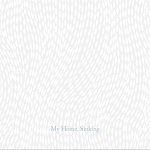
MY HOME, SINKING – MY HOME, SINKING
Enrico Coniglio often refers to Venice (Italy) in his music, which may explain the name of his new project. Released by Fluid Audio in a stunningly beautiful package (which is quickly selling out so don’t hesitate) it marks the label’s venture into new musical territory: ambient/experimental/improv crossover to rock/pop oriented music. This might have been risky ’cause when it failed it would have lost both audiences. But with this incredible set – and the help of people like Barbara De Dominicis, Laura Sheeran, Orla Wren and Katie English – Enrico Coniglio and Fluid Audio manage to define a completely new quality standard.
“The joined arsenal boasts acoustic instrumentation as well as synthesizer, manipulations and field recordings. Here guitar, cello, piano, harmonica, melodica, percussion and voice ring alongside Korg Monotron, Orla Wren’s processing, and Coniglio’s vinyls.Tracks range from glowing string examinations to humming whitewashes, from vocal reveries to textured pop allure.”
MY HOME, SINKING – MORNING WALK
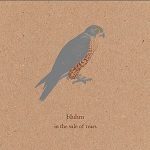
BLUHM – THE VALE OF TEARS
The newly-set Fluid Audio standard is immediately and easily met by the labels follow-up release by Bluhm, a collaboration of Tim (‘Maps and Diagrams’) Diagram and Macedonian singer Genoveva.
They present a sound more ‘psychedelic’, with washes of echoes and vocal dubs, but (as My Home, Sinking does) their new releases also clearly marks a new musical direction.
“The musical production side utilises Tim’s trademark palette of drone, delay, reverb, discord, distortion, tape effects and granular synthesis. All consciously crafted with the light, ardour and purity that is always associated with his oeuvre. These primary melodies were presented to Genoveva, who then added her seraphic vocals.”
“It’s an exploratory, elemental union that includes a significant, immersive and expressive vocal narrative. The overall theme of light and hope is perhaps not so apparent on the first few listens because the vocals are full of hidden mystery. However, its nascent sense of optimism does become apparent the more you listen to it, essentially it’s a journey of hope”
BLUHM – WHEN WE CRY
